Not a single satellite escapes from the “System of Control of Outer Space”
Over the course of 50 years in the Moscow region in the city of Noginsk, they not only monitor every 12 of thousands of artificial Earth satellites in orbit, but also clearly represent where they may be at one time or another. This is very important, since with the launch into space of the first satellite in stories humanity has come a new era. For someone, the night sky is just a cluster of twinkling stars, but for someone it's a real battlefield. The leading world powers quickly realized this and began to work in this direction. The second half of the XX century was marked by the development and production of various radar: decimeter and meter ranges, optical-electronic, optical, radio and laser means of tracking space. Similar systems were deployed in the USSR, the USA and the PRC. Their main purpose was to track the activity of a potential enemy in outer space.
In the Soviet Union, missile attack (AP), anti-missile (PRO) and anti-space defense (PKO) warning systems were successively put into operation. For the information support of their joint use, the Space Control Service (SSS) was established, the main tasks of which were carried out in the specially designed for these purposes CCS - the Space Control Center.
According to experts, more than a thousand functioning spacecraft are currently operating on Earth's orbit, and the total number of satellites together with those already in use appear to be in excess of 12 thousand units. The satellites launched into Earth orbit belong to 30 countries of the world and various interstate organizations. They are intended for solving military, civil and dual-purpose tasks: reconnaissance from space of ground, sea, air objects, detection of launches of ballistic missiles, remote sensing of the Earth's surface, data transmission and communications, meteo-intelligence, topogeodesy, space navigation, etc. And all these facilities, both existing and decommissioned, are monitored by SSS specialists.
One of the main tasks of the Space Monitoring Center is to maintain a single information base of all space objects - the Main Catalog of Space Objects of the Space Monitoring System. This catalog is intended for long-term storage in it of orbital measuring, optical, radar, radio and special information about all objects of artificial origin, located at altitudes from 120 km to 40 000 km. This catalog stores information on the 1500 indicators of the characteristics of each space object (its number, signs, coordinates, orbital characteristics, etc.). Every day, to support the Main Space Objects Catalog, CCCP specialists process more than 60 thousands of different measurements.
Intensive exploration of space by man led to the formation in orbit of large volumes of “space debris”, consisting of space objects destroyed for various reasons. These objects can pose a real threat to manned space flight and spacecraft operating and re-launched into orbit. At the same time today there is a clear increase in their number. If there were hundreds of such objects in the 60s, thousands of such objects in 80-90s, today they have already gone to tens of thousands.
The Russian aerospace defense forces in 2014, as part of combat duty to ensure the control of space, carried out work to control the output to various orbits of approximately 230 of foreign and Russian spacecraft. More than 150 space objects were also escorted, 26 warnings were made about space objects approaching the Russian orbital group, including 6 dangerous approaches to the ISS. Work was done to predict and control the cessation of the ballistic existence of more than 70 different spacecraft.
Sharp-sighted "Voronezh"
Located in Noginsk, the facility is the center of a large network of space monitoring stations, but, in addition to the SCC, the “Global Warning System for Missile Attack” (SPRN), as well as air defense and anti-missile defense forces, are also part of the global monitoring system for the situation in space. The most famous of these are the early warning radar of a Voronezh-type missile attack. Voronezh is a Russian over-the-horizon radar station of a high-readiness radar attack warning system (VZG radar).
Currently, there are options for stations operating in the meter-wide Voronezh-M and the decimeter wavebands of the Voronezh-DM. The basis of this radar station is a phased antenna array, several containers with electronic equipment and a prefabricated building for personnel, which allows very quickly and with minimal cost to upgrade the station during its operation.
Radar "Voronezh-M" - a station operating in the meter range, target detection range to 6 thousands of kilometers. The RTI was created in the name of academician A. L. Mints in Moscow, and the chief designer was V. I. Karasev.
Radar "Voronezh-DM" - a station operating in the decimeter range, the detection range of targets on the horizon - to 6 thousands of kilometers, vertically (near space) - to 8 thousands of kilometers. Able to simultaneously monitor up to 500 objects. Created by NPK "NIIDAR" with the participation of RTI Mintz. Chief Designer - S. D. Saprykin.
Radar "Voronezh-VP" - high-potential radar meter range, created in RTI named Mintz.
All Voronezh radar stations are intended: to detect ballistic targets (missiles) within their viewing area; calculating the motion parameters of the accompanying targets from the incoming radar information; tracking and measuring the coordinates of detected targets and jammers; determination of the type of detected targets; issuing information on jamming and target conditions in a fully automatic mode to other consumers.
Voronezh-type radars are being erected on previously prepared platforms of comparable size to a football field from typical components (transportable instrumental and antenna modules) that can be easily replaced, re-formed, built up taking into account the purpose of the complex and the tasks it faces. The maximum unification of the equipment used and the modular construction principle make it possible to create radars of different potential with antennas, the dimensions of which are determined only by the specific conditions of their location and the tasks facing them. Radar type "Voronezh" can be used in systems PAC, PRN, missile defense, as well as non-strategic missile defense and air defense. They can also be used as a national means of control and monitoring of the surface and air situation.
On a set of their performance characteristics, the Voronezh radar stations are not inferior to the used stations like Dnepr-M and Daryal. With the effective detection range of 4 500 km targets, they have the technical capability to increase it to 6 000 km (the detection range of the Daryal radar is over 6 000 km, and the Dnepr radar is 4 000 km). At the same time, the Voronezh type radar is distinguished by the lowest energy consumption - it does not exceed 0,7 MW (for the Daryal radar - 50 MW, for the Dnepr radar - 2 MW). According to experts, the cost of creating a Voronezh type radar is 1,5 billion rubles (for the Daryal radar in 2005 prices of the year - almost 20 billion rubles, for the Dnepr radar - about 5 billion rubles). From the Daryal and Dnepr stations, which today form the basis of an off-site SPRN location, the Voronezh-type radar is favorably characterized by short deployment time, autonomy, high reliability, compactness and lower station operation costs by 40%.
A distinctive feature of the radar "Voronezh" is their high factory readiness (VZG), thanks to this, the term of their installation does not exceed 1,5-2 years. Technically, each radar includes 23 units of various equipment in factory-made containers. At the program-algorithmic and technological levels, the issues of station energy management are solved. A highly informative radar control system and built-in hardware control reduce maintenance costs.
The first Voronezh-M radar station was deployed in the village of Lekhtusi near St. Petersburg in 2008. This station allows you to track missile launches at the Anne (Norway) and Kiruna (Sweden) test sites, as well as monitor helicopters and airplanes in their area of responsibility. At the same time, the station allows the military to control everything that happens in the air and space in this sector. In the future, the station will be upgraded to the level of "Voronezh-VP". The facility in Lekhtusi allowed the military to close the northwest rocket-hazard direction and provides control over the airspace from Svalbard to Morocco.
The second Voronezh-DM station was commissioned in 2009, near Armavir. The station closes the south-west direction and allows you to control the airspace from southern Europe to the North coast of Africa. It is planned to introduce the second segment, which will overlap the zone of the Gabala radar. Another Voronezh-DM station was built in the Kaliningrad region in the village of Pionerskoye, and the station took up combat duty in 2014. It covers the western direction, for which the radar in Mukachevo and Belarusian Baranovichi were responsible.
In the very near future, another Voronezh-DM radar will be commissioned near the town of Usolye-Sibirskoye in the Irkutsk region. The antenna field of this station is exactly 2 times larger than the first Lehtusinsky radar - 240 degrees and 6 sections instead of three, which will allow the station to control a large area. The station will be able to control the space from China to the west coast of the United States. Currently, the object is on experimental combat duty. The plans include commissioning in 2015 of similar radars in the area of the village of Ust-Kem in the Yenisei district of the Krasnoyarsk Territory, as well as the holiday village of Konjuhi near Barnaul in the Altai Territory. Also, the construction of similar facilities near Vorkuta, near the town of Olenegorsk, Murmansk Oblast, the town of Pechora, the Republic of Komi and in the Omsk Region is already underway. “After the commissioning of all these over-the-horizon radar stations, it will be possible to say that Russia has fully restored the radar field of early warning missile systems. The flow of orbital measurements will significantly increase, ”noted in the East-Kazakhstan armies.
Space "Window"
The monitoring system of outer space also includes a number of other interesting objects, for example, the unique in all senses optical-electronic complex for the recognition of space objects “Window”, which has no analogues in the world. This complex is one of the most effective tools that make up the domestic space monitoring system. A representative of the press service and information department of the Ministry of Defense of the Russian Federation on the East-Kazakhstan armies, Colonel Alexey Zolotukhin, told reporters about the completion of state tests of the entire complex of the Window complex in November 2014. The complex, which allows to solve problems related to space exploration not only by Russian, but also by foreign organizations and departments, is located in Tajikistan near Nurek at an altitude of 2200 meters above sea level. The complex is located in the mountains Sanglok, part of the Pamir mountain system.
The Window complex is designed to automatically detect various space objects at altitudes from 120 km to 40 000 km, collect photometric and coordinate information for these objects, calculate the motion parameters of space objects and transfer the results of the processing to higher command posts. The work of the optical-electronic complex "Window" is fully automated. During the working session, which usually takes all night and twilight time of day, the complex is able to work without operators in real time, producing reliable information about known and newly discovered space objects. Detection is carried out in a passive mode, so that this complex has a low level of energy consumption.
The optical-electronic complex “Window” includes an optical-electronic system for measuring the angular coordinates and photometric measurements of space objects and an optical-electronic system for detecting stationary space objects. A characteristic feature of these two systems is the use of signals received during the reflection of solar radiation from space objects as carriers of information. For all objects found in space against the background of signals from stars and noise, the speed, angular coordinates and brightness are determined. The distinctive feature for selection is the difference in the apparent angular velocities of objects and stars.
Another radio-optical reconnaissance complex of low-orbit space objects is located in the North Caucasus and is called “Krona” and includes decimeter-band radar, centimeter-band radar and command-computing point. Also included in the system is the radio engineering complex for the control of radiating spacecraft Moment, located in the Moscow Region, and many other objects throughout Russia.
According to Lieutenant-General Alexander Golovko, who occupies the post of Commander of the Aerospace Defense, in 2014, the East Kazakhstani troops began work on creating a network of ground-based laser-optical and radio systems for recognizing space objects that can expand the range of controlled orbits and immediately in 2 -3 times will reduce the minimum size of objects detected in outer space.
In accordance with the state armament program approved in our country, up to 2020, almost all of the individual command and measurement complexes will be used to commission new command and measurement systems. “At present, Russia is carrying out 20 on a variety of developmental works, among which are works on the development of a unified command-measuring control system for spacecraft (SC) of a new generation, improvement of the ground control system of the GLONASS system, a promising receiving and processing system telemetry information and much more, "- said the Lieutenant-General. Alexandra Golovko added that the equipment of the Main Test Space Center to them will continue. Titova (carries out the management of 80% of the domestic orbital constellation) by new promising satellite communications stations. The network of quantum-optical systems intended for highly accurate positioning of Russian spacecraft will also be gradually expanded.
Alexei Zolotukhin, a spokesman for the press service and information department of the Russian Ministry of Defense for the Aerospace Defense Forces (WKO), told reporters that in 2015, Russia will begin building new radio engineering systems for controlling space in Kaliningrad, Moscow regions, and in Primorsky and Altai region, according to Tass. In 2015, one of the priority directions of development of the East Kazakhstani Armed Forces was the improvement of domestic means of the SSS to ensure the safety of Russia's space activities by increasing the capacity to process information about the state of the situation in near-earth orbit. According to Zolotukhin, in the coming years 10 of such complexes are planned to be deployed in Russia.
Information sources:
http://tvzvezda.ru/news/forces/content/201503051818-pdbu.htm
http://militaryrussia.ru/blog/topic-610.html
http://vpk-news.ru/news/22717
http://www.gazeta.ru/politics/news/2015/01/04/n_6802109.shtml
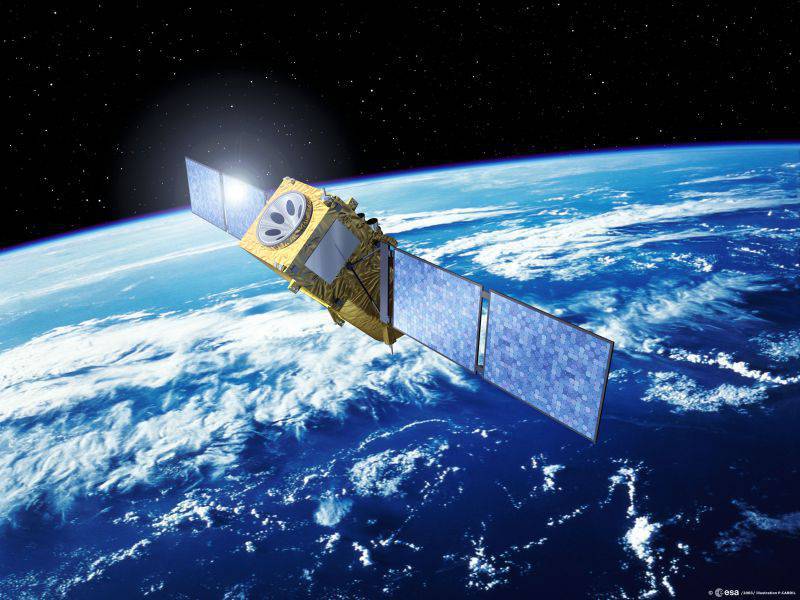
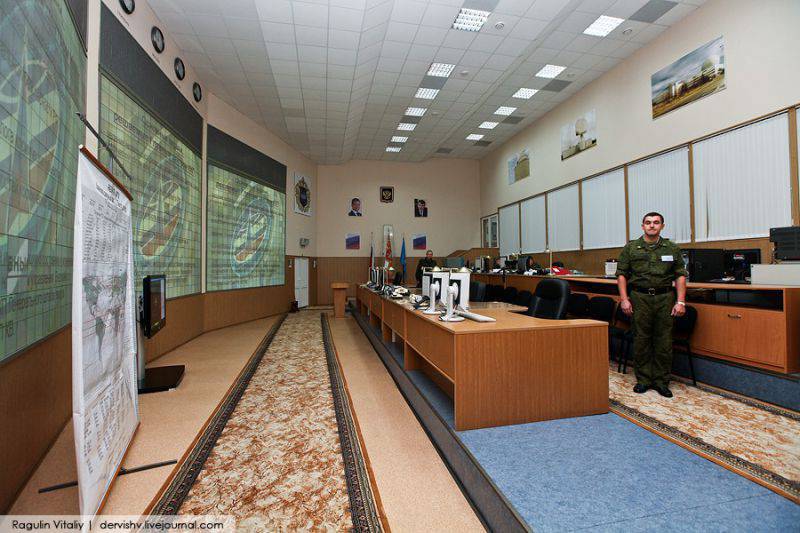
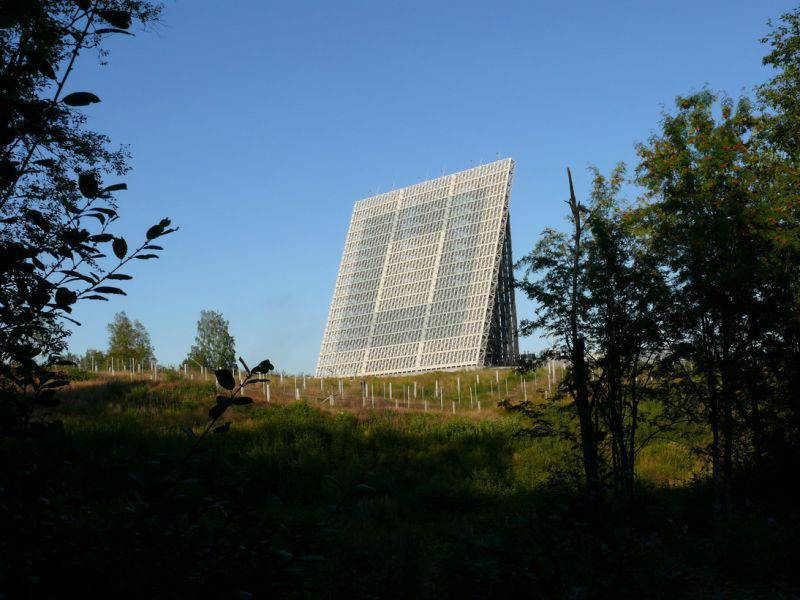
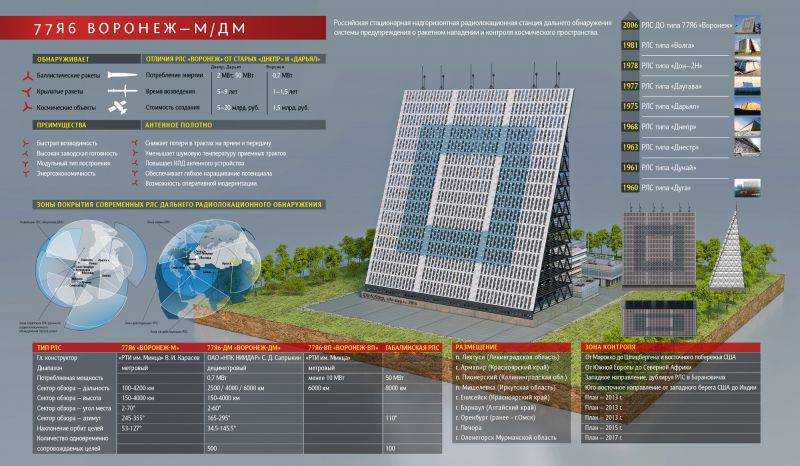

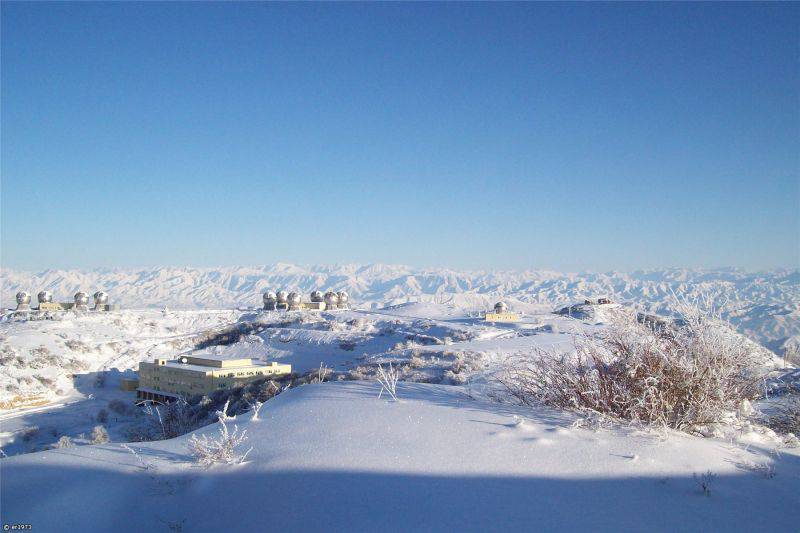
Information